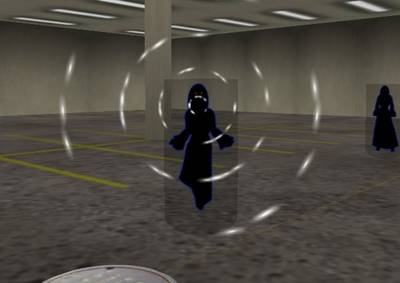Future Now
The IFTF Blog
Avatar maximization: a future skill?
If you use an avatar to communicate with others, you might want to consider how your avatar is priming others to respond to you.

The December 2009 issue of Communication Research contained a study by University of Texas at Austin communication professor Jorge Peña and Cornell University Professor Jeffrey T. Hancock, which showed that when people were doing things via avatars wearing black robes or KKK robes they were more likely to be negative or competitive, compared to when doing things via avatars wearing white robes, a physician's uniform, or something transparent. The study found that people were more likely to exhibit negative or anti-social behavior not only in their interactions with others on a virtual team (which mirrors an earlier study suggesting that sports teams that play with black uniforms are likely to be more aggressive), but also when they wrote individual essays about random pictures. The good news? You can also prime people for cooperation and social behaviors too:
By manipulating the appearance of the avatar, you can augment the probability of people thinking and behaving in predictable ways without raising suspicion, said Peña. "Thus, you can automatically make a virtual encounter more competitive or cooperative by simply changing the connotations of one’s avatar."



